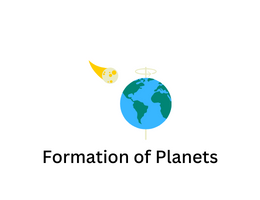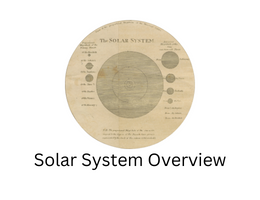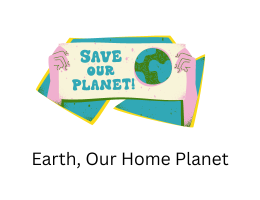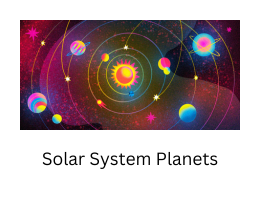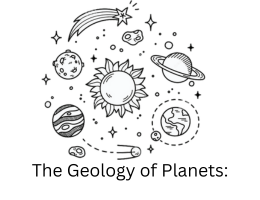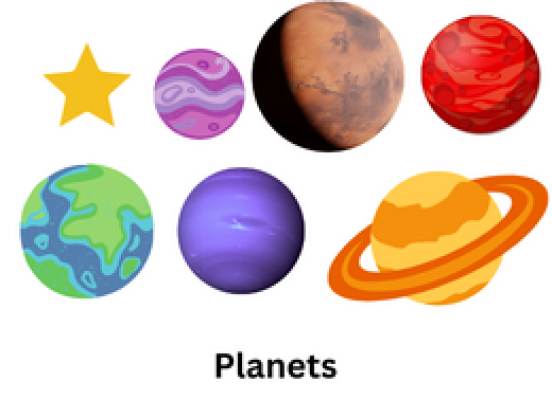
Stars, Galaxies, Solar system, Planets, Moons, Asteroids, Meteors, Meteorites & Comets
- By admin --
- Thursday, 13 Apr, 2023
Stars are the most prominent objects in the universe. They are massive, luminous balls of plasma that emit light and other forms of electromagnetic radiation. They are formed from clouds of gas and dust that collapse under their own gravity, heating up and eventually igniting nuclear fusion in their cores. This process releases a tremendous amount of energy, which allows stars to shine for billions of years.
Galaxies are vast systems of stars, gas, and dust held together by gravity. There are many types of galaxies, ranging from spiral galaxies like our own Milky Way to elliptical galaxies, irregular galaxies, and more exotic types like quasars and active galactic nuclei. Galaxies are thought to have formed through a combination of gravitational collapse and mergers between smaller galaxies.
The solar system is the collection of planets, moons, asteroids, comets, and other objects that orbit around the Sun. The eight planets in the solar system are Mercury, Venus, Earth, Mars, Jupiter, Saturn, Uranus, and Neptune. Pluto was previously considered a planet, but it was reclassified as a dwarf planet in 2006. The solar system also contains numerous moons, such as Earth's moon, Jupiter's four largest moons (Io, Europa, Ganymede, and Callisto), and Saturn's moon Titan. The solar system is also home to a vast number of asteroids and comets, which orbit the Sun in a region known as the asteroid belt.
Planets are large, spherical objects that orbit around a star and have cleared their orbits of debris. They are thought to form through a process known as accretion, where dust and gas in a protoplanetary disk clump together under their own gravity to form larger and larger bodies. The largest planets in the solar system are gas giants like Jupiter and Saturn, while smaller rocky planets like Earth and Mars are known as terrestrial planets.
Moons are natural satellites that orbit around a planet or dwarf planet. They come in a variety of shapes and sizes and can be formed through a number of different processes, including capture, accretion, and giant impacts. Moons are thought to play an important role in shaping the dynamics of their host planets, through processes like tides and the exchange of material between the planet and its moons.
Asteroids are small, rocky objects that orbit around the Sun. They range in size from tiny rocks just a few meters across to large objects like the dwarf planet Ceres, which is almost 1,000 km in diameter. Most asteroids are found in the asteroid belt between Mars and Jupiter, although some can also be found in other parts of the solar system.
Meteors are streaks of light caused by the entry of a meteoroid into the Earth's atmosphere. Meteoroids are small, solid objects that range in size from grains of sand to boulders several meters across. When a meteoroid enters the Earth's atmosphere, it heats up and creates a glowing trail of ionized gas, which we see as a meteor or shooting star.
Meteorites are fragments of meteoroids that survive their passage through the Earth's atmosphere and impact the ground. They are valuable tools for studying the early history of the solar system, as they can contain information about the conditions and processes that were present when they formed.
Comets are icy objects that orbit around the Sun and produce a coma (a fuzzy atmosphere) and sometimes a tail as they approach the Sun. Comets are thought to have formed in the outer reaches of the solar system, where the temperature is low enough for water and other volatile compounds to freeze. When a comet approaches the Sun, the heat causes

